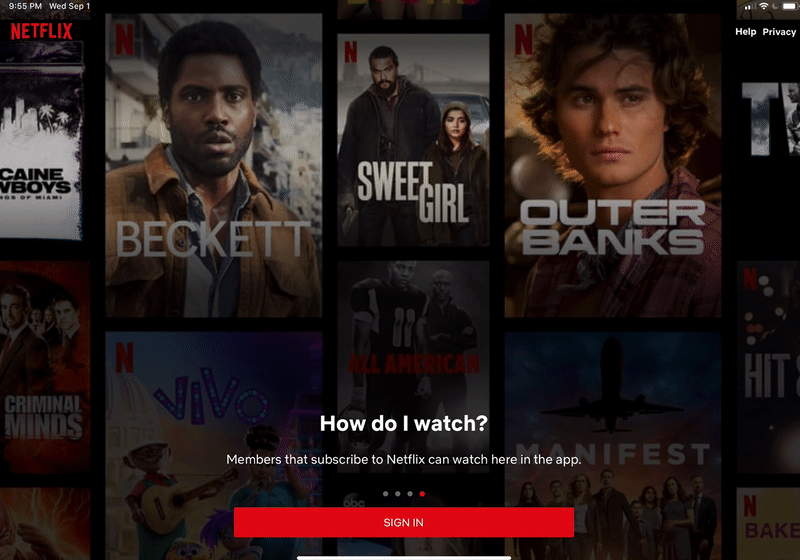The Power of the Link
The native vs. web debate often focuses on feature capabilities: native is rich while the web is lacking, always trying to catch up.
But there’s one feature where the web has proven to be light years ahead of native: the lowly link.
Granted, the link as a feature is not a question of technical feasibility in either platform. Both support links. Rather, the question is one of freedom, where the web’s competitive edge rests in the ability of anyone to link to anything.
Now you might be familiar with the hubbub around Apple’s restrictions for in-app purchasing. Macworld summarizes the topic:
Apple has long allowed what it calls “reader” apps (like Netflix, Kindle, Spotify, Audible, or Dropbox) to bill users outside of Apple’s usual in-app purchase method (in which Apple takes 15 to 30 percent of subscription or purchase revenue). However, such apps are forbidden from mentioning that such a thing is possible, and cannot link out from the app to their websites for account management (including subscription renewals or purchases).
Last week, Apple announced it would finally allow developers to link to their website. Again from Macworld:
[Apple’s change in policy] will allow developers of “reader” apps to include an in-app link to their website for users to set up or manage an account.
Shortly after that announcement, the ruling in Epic vs. Apple came out wherein the judge determined that “Apple’s anti-steering provision is anti-competitive”. In other words, under law it’s unfair for Apple to restrict your ability to link to your website for signups.
After everything that’s happened—inquiries by congress in the United States, an investigation by the Japan Fair Trade Commission (JFTC), a corporate lawsuit of behemoths in Apple vs. Epic, millions of dollars in legal fees, hours and hours of human time and attention—we’ve decided it’s fair for people to underline (hyperlink) some text in an application.
All that fight for a change best illustrated by a simple screenshot update.

A decades-old feature of the web platform (traditionally considered inferior to native) will now make it to native. Once again, Apple makes headlines for doing something everyone else has done for years.
Sometimes, the perception is that the web is always catching up to native. But in this case, it’s native catching up to the web.
(Title stolen from Bryan’s article which was reference by Robin’s article—both are great.)